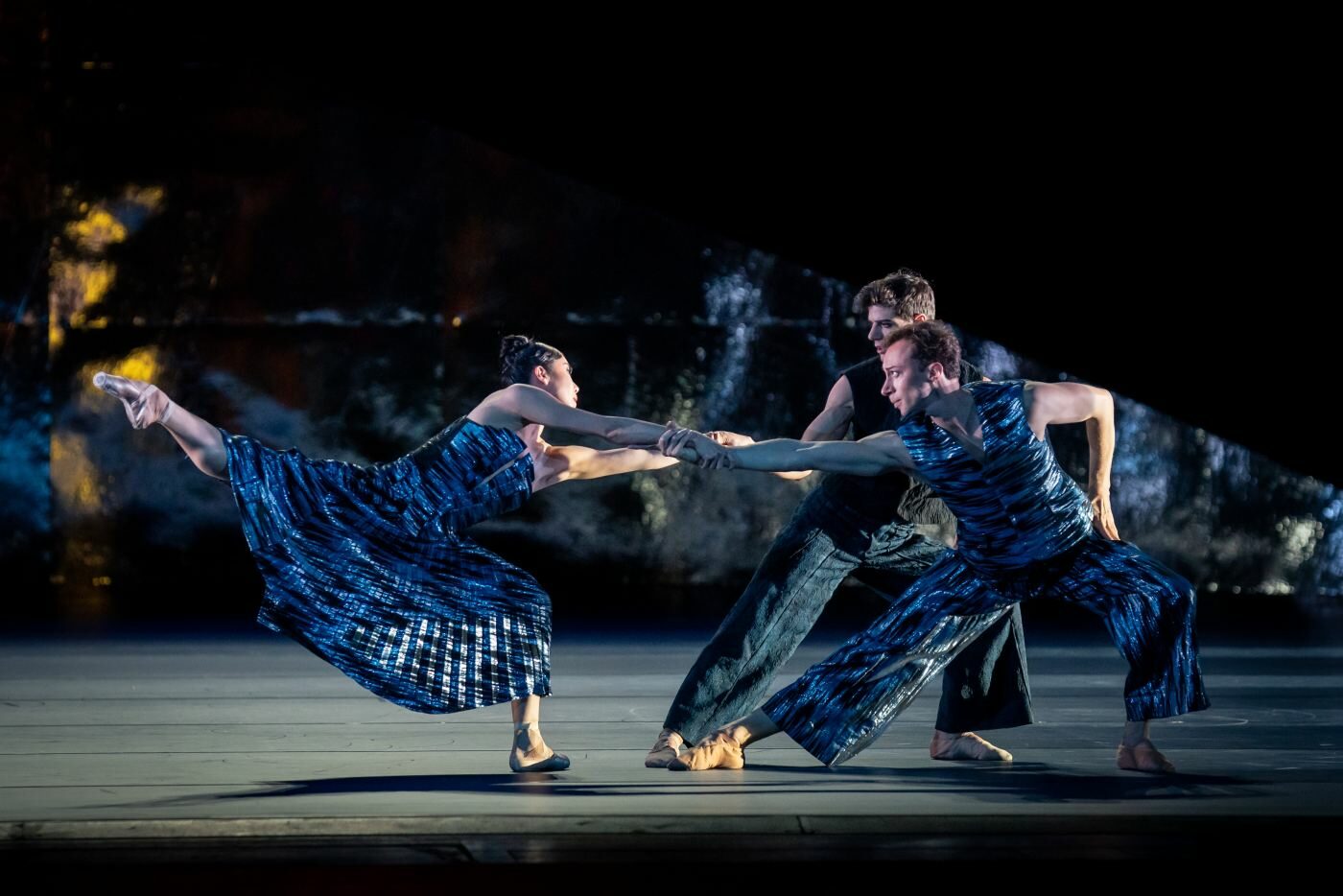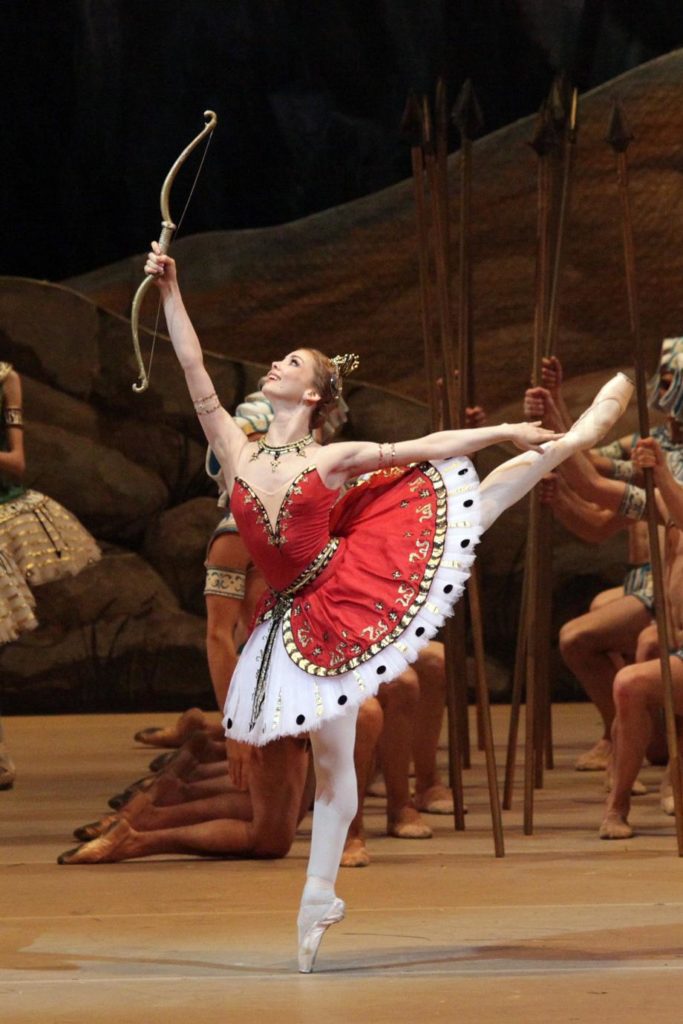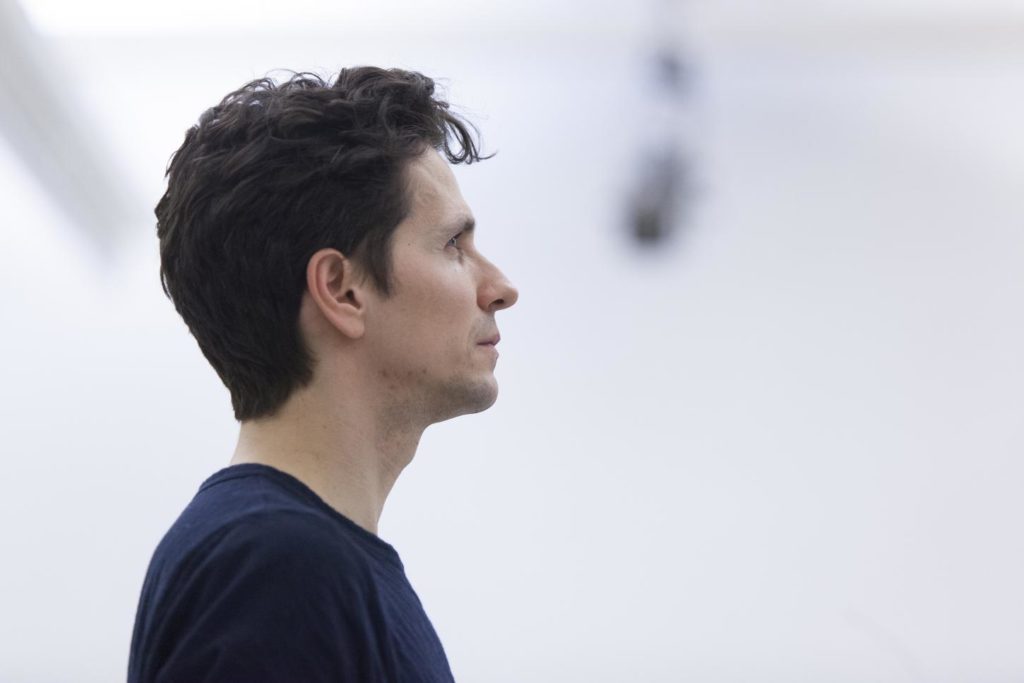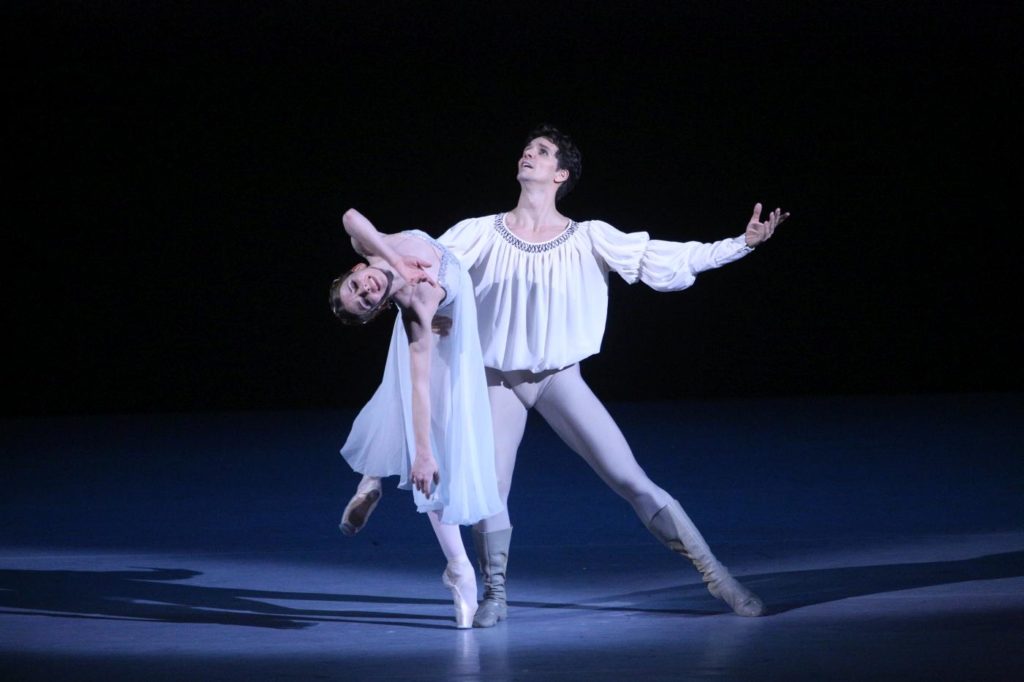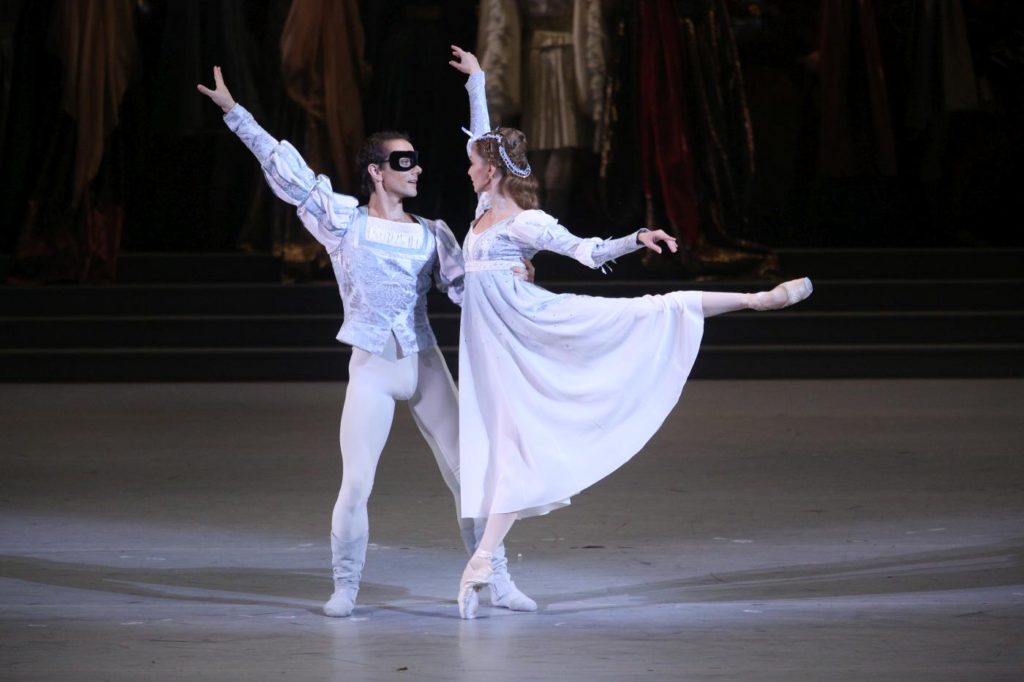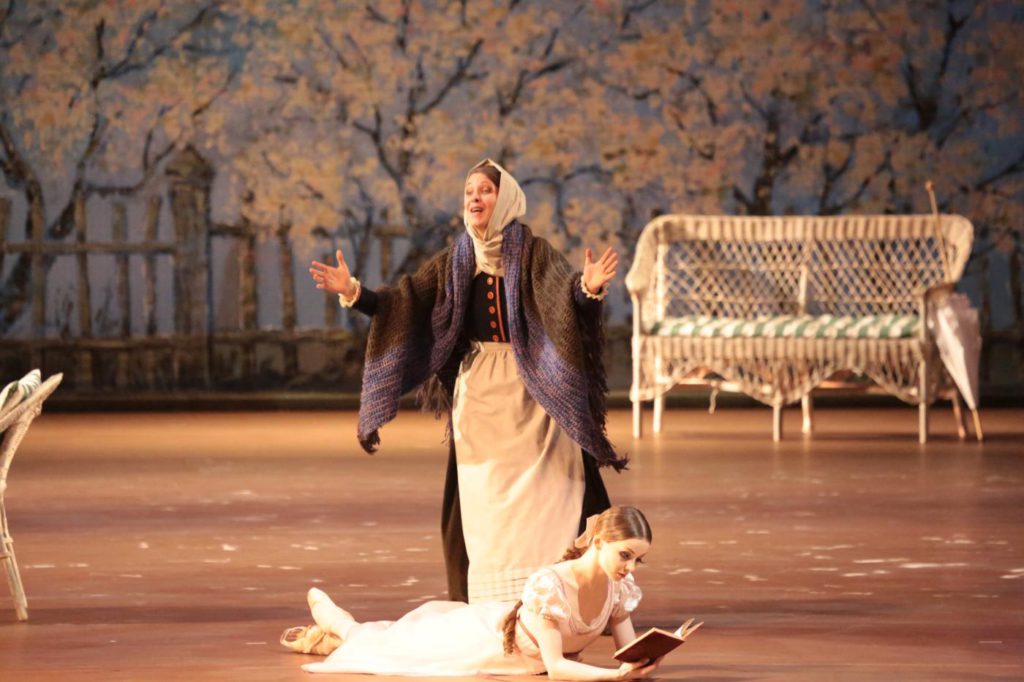Mighty
“Ivan the Terrible”
Bolshoi Ballet
Bolshoi Theatre (Historic Stage)
Moscow, Russia
June 06, 2023
by Ilona Landgraf
Copyright © 2023 by Ilona Landgraf
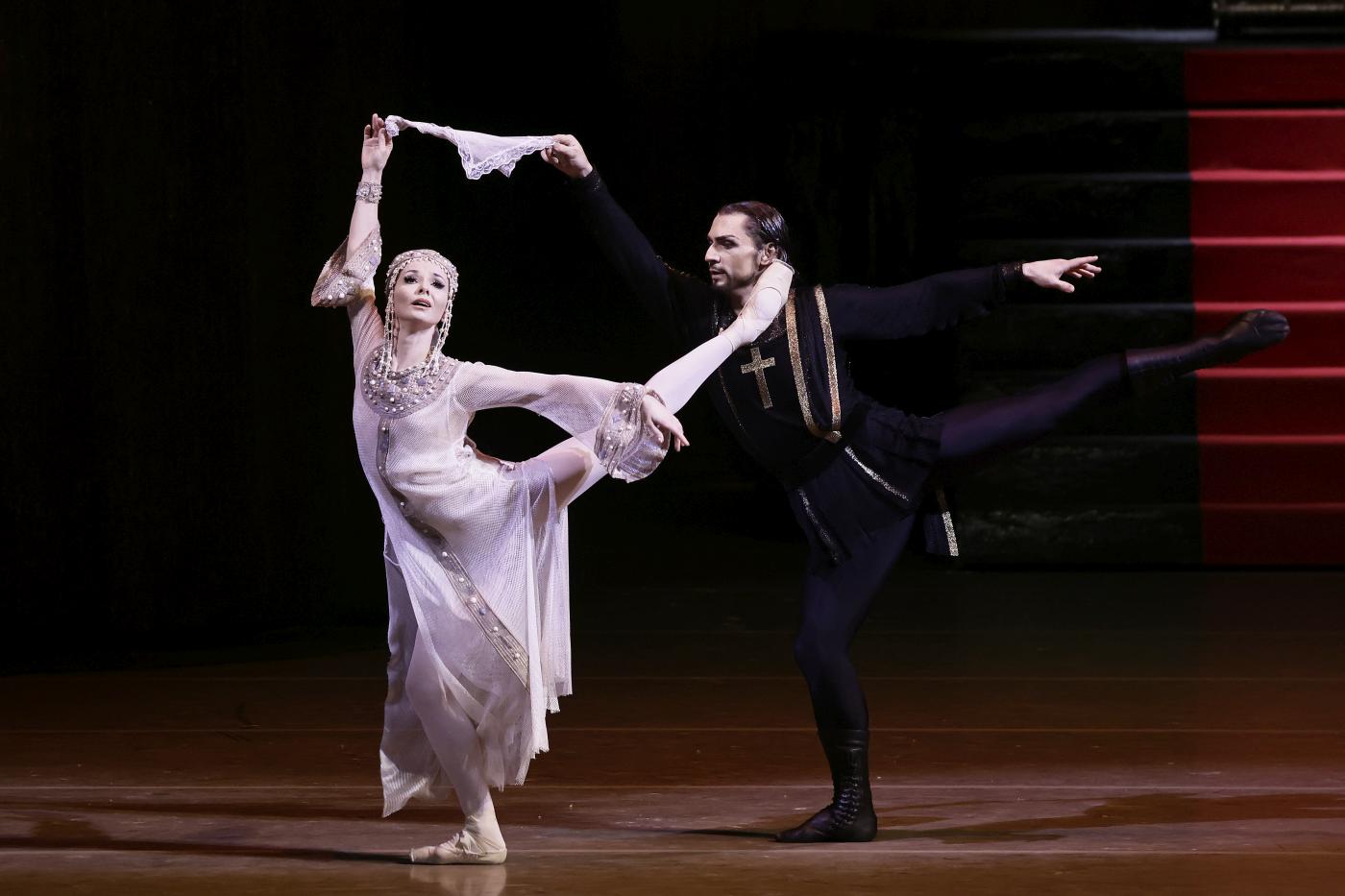 For Yuri Grigorovich’s “Ivan the Terrible” at the Bolshoi Ballet I needed some preparation. The biography by the late Ruslan Skrynnikov (1931 – 2009), a research professor at St. Petersburg State University and a leading historian of early modern Russia, seemed useful. Although it was instructive, the reading was tedious. Skrynnikov is a painstaking sociopolitical analyst, an expert in imparting the cruelty of medieval life, but I learned little about the person Ivan the Terrible (1530 – 1584). Interestingly, his nickname terrible results from a misleading translation of the actual epithet Грозный (grozny) which – according the Russian lexicographer Vladimir Dal (1801 – 1872) – can be translated as “courageous, magnificent, magisterial and keeping enemies in fear, but people in obedience”. A “tsar who managed to keep everything under control” – that’s how ballet legend Ivan Vasiliev (who’s regularly performed the role) describes Ivan the Terrible in an interview (subtitled in English and very much worth seeing), adding that “when you bear responsibility for such a huge country, you cannot lose control.” (more…)
For Yuri Grigorovich’s “Ivan the Terrible” at the Bolshoi Ballet I needed some preparation. The biography by the late Ruslan Skrynnikov (1931 – 2009), a research professor at St. Petersburg State University and a leading historian of early modern Russia, seemed useful. Although it was instructive, the reading was tedious. Skrynnikov is a painstaking sociopolitical analyst, an expert in imparting the cruelty of medieval life, but I learned little about the person Ivan the Terrible (1530 – 1584). Interestingly, his nickname terrible results from a misleading translation of the actual epithet Грозный (grozny) which – according the Russian lexicographer Vladimir Dal (1801 – 1872) – can be translated as “courageous, magnificent, magisterial and keeping enemies in fear, but people in obedience”. A “tsar who managed to keep everything under control” – that’s how ballet legend Ivan Vasiliev (who’s regularly performed the role) describes Ivan the Terrible in an interview (subtitled in English and very much worth seeing), adding that “when you bear responsibility for such a huge country, you cannot lose control.” (more…)
